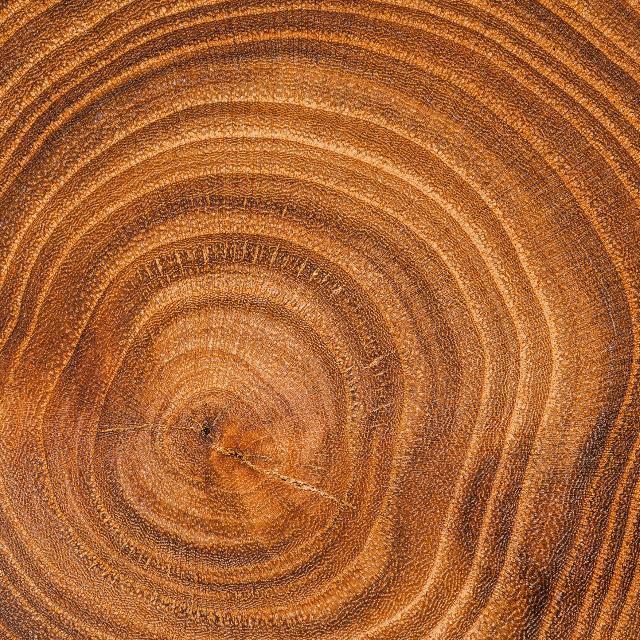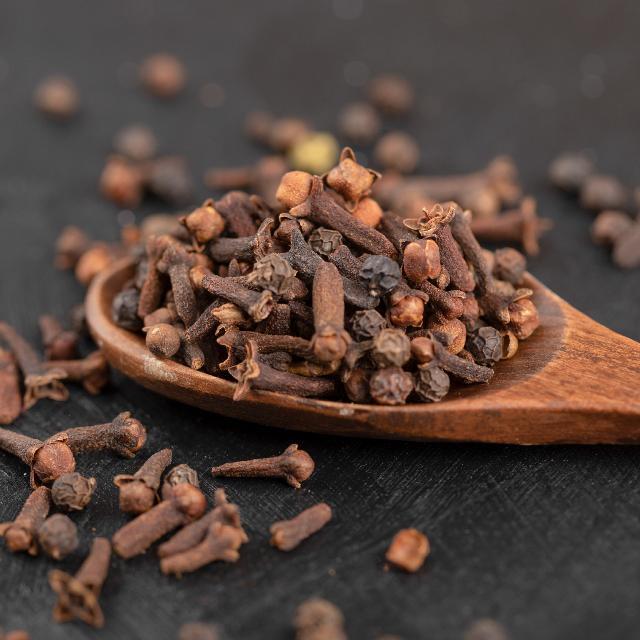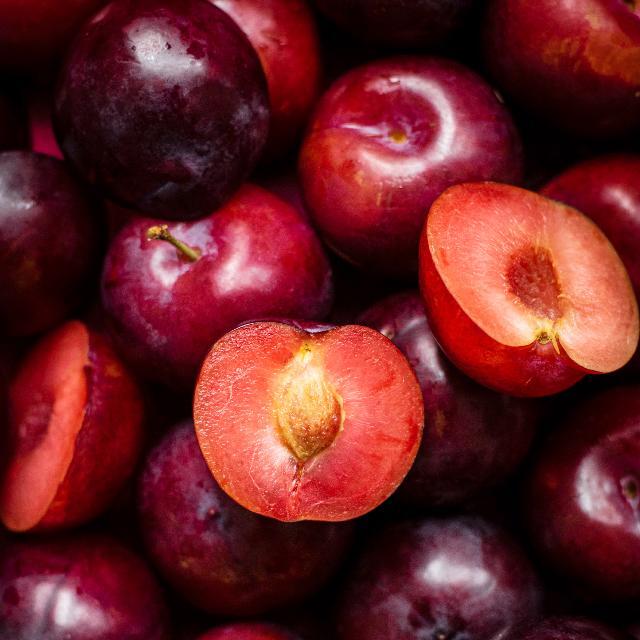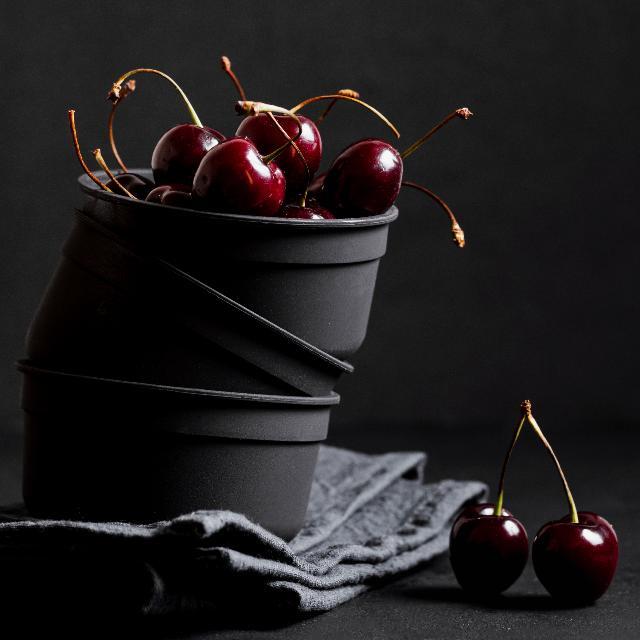An outstanding example of generous Barossa Shiraz made from Old Vines. The Barossa is home to some of the oldest Shiraz vines in the world- the legacy of the earliest settlers, those pious pioneers who planted them.
Expect a delicate balance of cedar, clove, and a juicy blood plums plays in your palette with a smooth finish.
Expect a delicate balance of cedar, clove, and a juicy blood plums plays in your palette with a smooth finish.
As you stand at the Barossa's Mangler's Hill lookout and admire the patchwork landscape of the valley below, you will find a memorial to those who made it all possible. The memorial reads thus: The Barossa was first settled by scattered British families in the early 1840's. They were followed from 1842 onward by large groups of Germans who had fled from their homeland to escape religious persecution. This wine pays homage to those pioneers who sought a home where they could quietly live their lives centered around their family and their faith.
This they did, putting their hand to agricultural pursuits, but soon they also turned to fruit and grape growing, for which the Barossa has become renowned. Today Barossa Shiraz stands as the most renowned fruit variety of them all, and enjoys a status that would have likely been impossible to achieve without these now ancient, venerable vineyards - some of which are amongst the oldest in the world. As you enjoy this Shiraz, be sure to raise a glass to The Pious Pioneer!
Winemaker : Mark Pearce
This they did, putting their hand to agricultural pursuits, but soon they also turned to fruit and grape growing, for which the Barossa has become renowned. Today Barossa Shiraz stands as the most renowned fruit variety of them all, and enjoys a status that would have likely been impossible to achieve without these now ancient, venerable vineyards - some of which are amongst the oldest in the world. As you enjoy this Shiraz, be sure to raise a glass to The Pious Pioneer!
Winemaker : Mark Pearce
Kellermeister is owned and operated by the Pearce family. While continuing to do small things well and have fun along the way, winemaker/owner Mark Pearce has firmly established considerable pedigree, particularly around the winery's Shiraz and Grenache-based wines in recent years.
Under Mark's leadership the winery achieved significant success on the world's biggest stage, the International Wine Challenge, in London in 2012 being awarded the World's Best Shiraz, Australia's Best Shiraz and the Barossa's Best Shiraz and then followed up in 2013 being awarded the Barossa's Best Shiraz, Grenache and Mataro. Today the winery is rated in the top 7% of Australian producers by Australia's most authoritative and acclaimed wine critic, James Halliday. Ralph's ambition in establishing Kellermeister was to play the Curtain Raiser in the Barossa Valley, hand making, hand bottling, and hand selling small-batch wines of real character.
With his beloved wife Val beside him, he would purchase a century-old Shiraz vineyard (known as Kellermeister's Black Sash vineyard today) on a hill near the sleepy southern Barossa town of Lyndoch, and later build the now-famous yet still humble mud brick cellar from the scorched red earth of that unique and gloriously located site.
Under Mark's leadership the winery achieved significant success on the world's biggest stage, the International Wine Challenge, in London in 2012 being awarded the World's Best Shiraz, Australia's Best Shiraz and the Barossa's Best Shiraz and then followed up in 2013 being awarded the Barossa's Best Shiraz, Grenache and Mataro. Today the winery is rated in the top 7% of Australian producers by Australia's most authoritative and acclaimed wine critic, James Halliday. Ralph's ambition in establishing Kellermeister was to play the Curtain Raiser in the Barossa Valley, hand making, hand bottling, and hand selling small-batch wines of real character.
With his beloved wife Val beside him, he would purchase a century-old Shiraz vineyard (known as Kellermeister's Black Sash vineyard today) on a hill near the sleepy southern Barossa town of Lyndoch, and later build the now-famous yet still humble mud brick cellar from the scorched red earth of that unique and gloriously located site.













